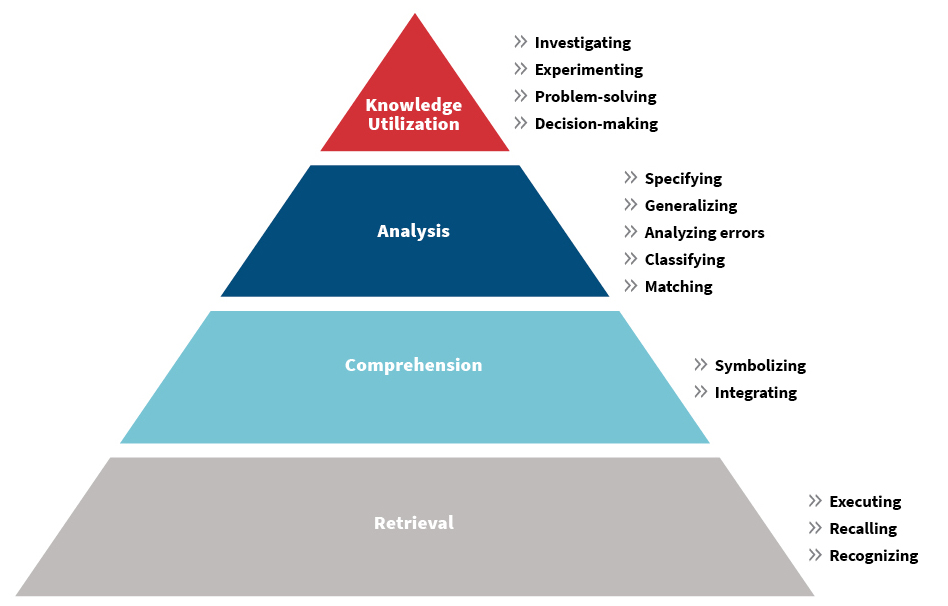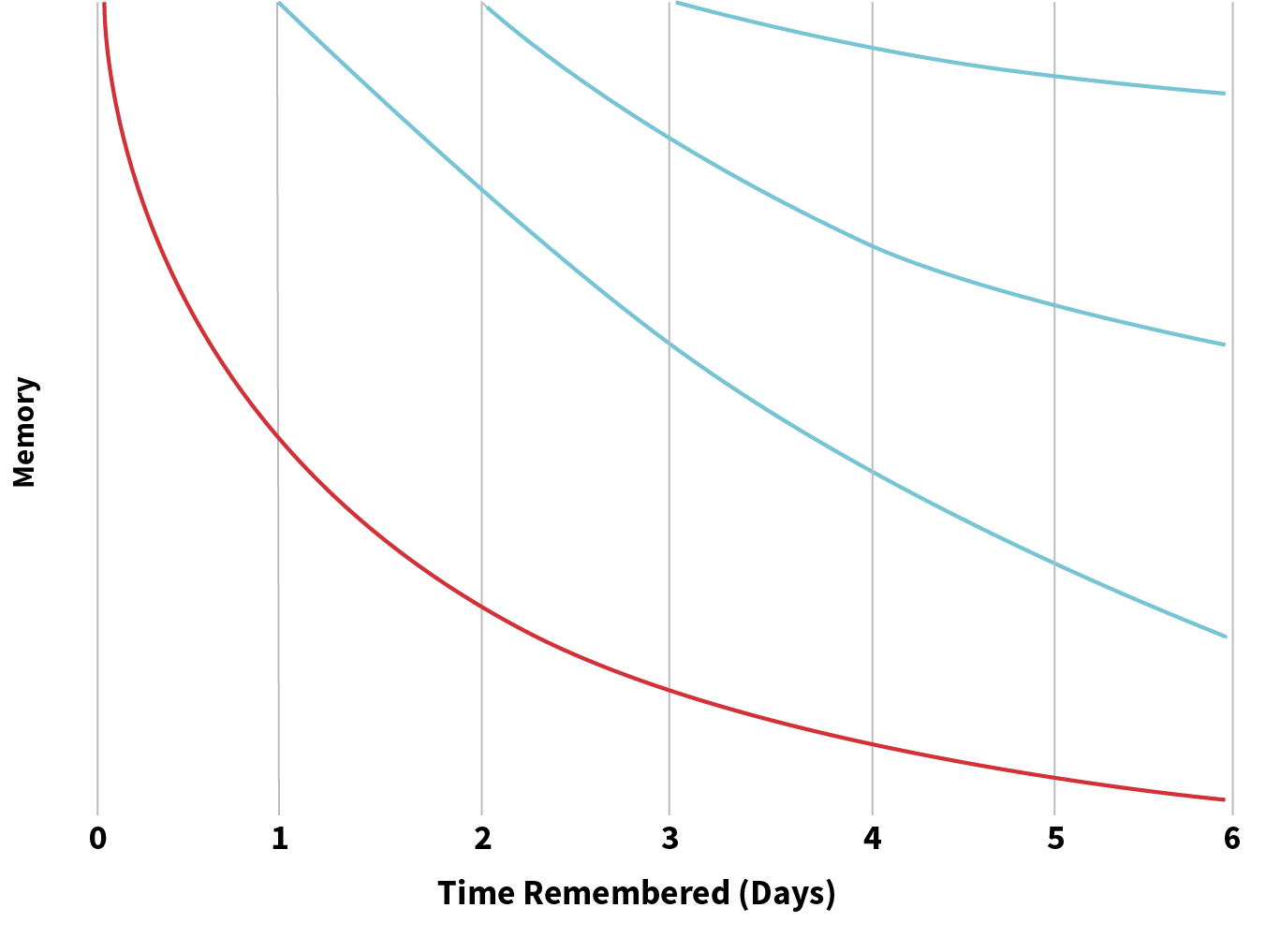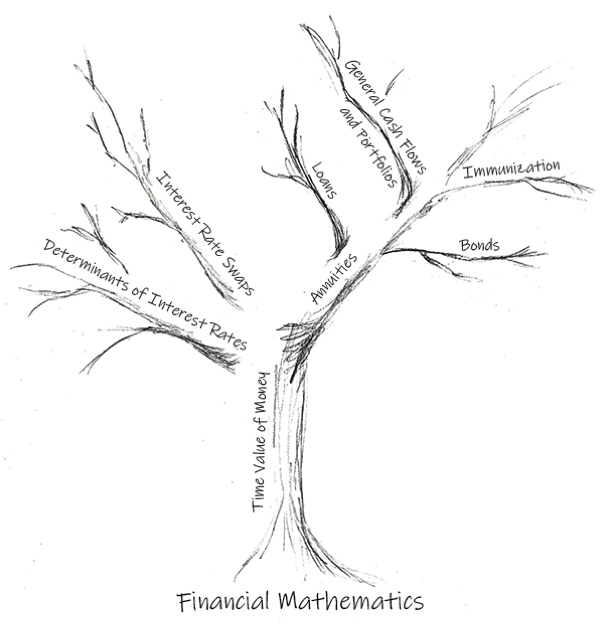Unlocking Our Value
The most important skill in the actuarial tool kit is knowing how to learn and accumulate knowledge
February/March 2020Photo: iStock.com/grmlin
Professionalism and learning are intrinsically linked, and not just because we need to pass exams to become actuaries. To perform quality actuarial work, we must deal with ambiguity and make decisions with imperfect information. We must develop a wide knowledge base, learn the pros and cons of actuarial methodologies, understand stakeholder perspectives and synthesize all of that information to make a decision. Learning is the key ingredient in that process.
Technology has always changed the way we work, but with predictive analytics and big data, the rate of change has never been faster. We must adapt, and the ability—and willingness—to learn may be the most important skill in the actuary’s tool kit. Luckily, our profession trains us how to learn through the rigorous exam process.
Actuarial Exams—Lessons on How to Learn
The beauty of attaining fellowship is not that we are forever done studying; it’s that we now know what it takes to master any subject. It’s important to reflect on these lessons, leveraging them to better adapt to the changes facing our profession.
The Society of Actuaries (SOA) adopts a learning framework called Marzano’s Taxonomy (see Figure 1).1 This framework not only describes the progression through exams, but also the progression of actuarial skills throughout one’s career.
Figure 1: Learning Framework

Starting from the bottom of Figure 1, we can see how the actuarial exams transition from university-level courses to real-world problem-solving. Think back to the introductory university courses you took—most exam questions test at the “retrieval” level.
- Economics. Describe the Law of Diminishing Marginal Benefit.
- Business strategy. List Porter’s five forces for assessing the competitive environment.
- Finance. Calculate return on equity using the DuPont identity.
The preliminary exams elevate us to the next knowledge level: comprehension. They not only require us to execute formulas, but they also train us to select the appropriate formula. We must understand what we’re doing rather than blindly execute a set of instructions.
The fellowship exams extend us further. “[Fellowship] Exam committees are expected to focus (but not exclusively) on the higher three levels.”2 Candidates are trained not only to comprehend and calculate, but also to analyze and make decisions.
One FSA exam question perfectly demonstrates the progression up Marzano’s Taxonomy. The question asked about the loss coverage ratio, a liquidity risk concept from the Solvency II regulation. First, it asked the actuary to explain the purpose of the ratio (comprehension). Then they needed to compare liquidity risk between a bank and a hotel loyalty rewards program (analysis). Finally, the actuary had to apply the loss coverage ratio calculation to the rewards program and determine whether it is an appropriate risk management tool for the program (knowledge utilization).3
You can parallel this escalation to actuarial work. At the bare minimum, an entry-level analyst should be able to follow a set of instructions to calculate reserves (retrieval). They should then be able to explain reserve changes each period (comprehension) and draw conclusions as to the financial impact (analysis). Finally, they should learn to make recommendations around assumption and methodology changes (knowledge utilization).
Once you understand the learning taxonomy and the road map for where you’re headed, you can focus on accelerating toward the goal.
Moving Up the Taxonomy—Learning Principles
Whether consciously or not, the actuarial exams taught us important principles from learning psychology. On the preliminary exams, which strategy works better: rereading the study manual, or doing practice problems? Everyone touts the latter, and for good reason. A vast body of research supports this principle, known as active recall. In one example, a 2010 study split students into two groups after reading a passage. The first group reread the passage, while the other group took a test over the material. The latter group outperformed on a battery of tests, including basic retention and inferential questions.4 Intuitively, we know that it’s not enough to repeatedly consume information—we must put it into practice. Flashcards, practice problems and explaining the material are all useful tools to employ active recall.
Active recall tells us how to review, but the other insight gleaned from the actuarial exams is when to review. In the 1880s, the psychologist Hermann Ebbinghaus ran an experiment to test memorization over time, resulting in the “forgetting curve.”5,6 He found that the rate of forgetting is exponential, and that humans retain less than half of the information in a matter of days after learning it. This lines up with anecdotal exam experiences: If you let a month pass after the initial reading, it feels like you’re learning a completely new concept.
Ebbinghaus found that the best way to fight the forgetting curve is with spaced repetitions, termed the “spacing effect.” Each spaced review (light blue line in Figure 2) blunts the rate of forgetting. Intuitively, this is why it takes several reviews of the material to pass our actuarial exams.
Figure 2: The Forgetting Curve

We can apply these learning principles to our Continuing Professional Development (CPD) opportunities. Think of the last webinar you attended—how much do you remember about the topic? Did you passively listen, or actively engage with and review the material (active recall)? Did you make any attempts to review it the following week (spacing effect)? Employing these strategies can be as simple as explaining your takeaways to a coworker a few days later. These small habits translate to a big payoff as we accumulate knowledge throughout our careers.
The preliminary exams show us that active recall and the spacing effect lead you to the comprehension level of Marzano’s Taxonomy, the building blocks of mastery. But at higher levels of the taxonomy, you aren’t being tested on how well you can recognize a familiar problem and execute a formula. Rather, you’re being tested on how well you can extrapolate concepts to new situations. That is, how well you can create an abstract model that does not rely on any particular example.
In Actuarial Exam Tactics: Learn More, Study Less, we visualize these mental models as a knowledge tree.7 For Exam FM, the tree may look like Figure 3.
Figure 3: Financial Mathematics Knowledge Tree

After spending hundreds of hours working through formulas and practice problems, you recognize the time value of money concept, or discounted cash flows. Whether it’s applied to annuities, bonds or loans, you extract the underlying idea—you have a series of cash flows, and you discount them to get the present value. Combine that concept with Exam P, probability-weighted cash flows, and now you have the fundamentals to understand all insurance products.
There are many useful study tools to build this structure: creating analogies, drawing connections across syllabus topics, developing your own summaries and practice questions, and explaining the material in simple terms. Develop this knowledge tree, a mental model of a subject, and you move toward analysis and knowledge utilization. You create a structure to guide decision-making in new environments—the cornerstone of quality actuarial work.
Learning and Professionalism
Marzano’s Taxonomy not only provides a useful framework for learning, but it also helps us understand the influence of technology on our profession. We already accept that technology outperforms humans at the lowest levels of the knowledge hierarchy (retrieval). Computers can repeatedly execute a set of instructions faster than any human. GPS more reliably produces the fastest route to your destination. Search engines devalue encyclopedic memory.
In the age of big data and artificial intelligence (AI), technology propels up the knowledge taxonomy, performing more advanced tasks (comprehension, analysis). Legal services filter and analyze research through machine learning. Lemonade processes claims using its AI chatbot. Predictive analytics enables accelerated underwriting. Cognitive tasks once coveted as uniquely human are now performed more effectively by technology.
As actuaries, we should recognize how these technological advances shape our contributions. We’re shifting away from number-crunching and routine process work. We’re moving toward analysis and insight. As technology automates lower levels of the knowledge hierarchy, we must focus on the higher levels where we can best contribute. Learning is the key to unlock that value.
The ability to learn, to reach the highest levels of the knowledge taxonomy, is more important than ever. We need it to stay relevant, navigate the fast-changing business environment and move our profession forward. Our professional exams have nudged us in the right direction, equipping us with the necessary tools to learn at a deep level. Now, we must put the tools to work.
References:
- 1. Marzano Taxonomy—Thinking Processes With Design Verbs. (accessed November 3, 2019). ↩
- 2. Guide to SOA Exams. Society of Actuaries. 2019 (accessed November 3, 2019). ↩
- 3. CFE SDM Model Solutions Spring 2016. Society of Actuaries. (accessed November 3, 2019). ↩
- 4. Butler, A. C. 2010. Repeated Testing Produces Superior Transfer of Learning Relative to Repeated Studying. Journal of Experimental Psychology: Learning, Memory, and Cognition 36, no. 5:1,118–1,133 (accessed November 3, 2019). ↩
- 5. Ebbinghaus, Hermann. 1964. Memory: A Contribution to Experimental Psychology. Oxford, England: Dover. ↩
- 6. Murre, Jaap M. J., and Joeri Dros. 2015. Replication and Analysis of Ebbinghaus’ Forgetting Curve. PLos ONE 10, no. 7:e0120644 (accessed November 3, 2019). ↩
- 7. Jennings, Mike and Roy Ju. 2019. Actuarial Exam Tactics: Learn More, Study Less. Second Edition. New Hartford, Connecticut: ACTEX Learning. ↩
Copyright © 2020 by the Society of Actuaries, Chicago, Illinois.

